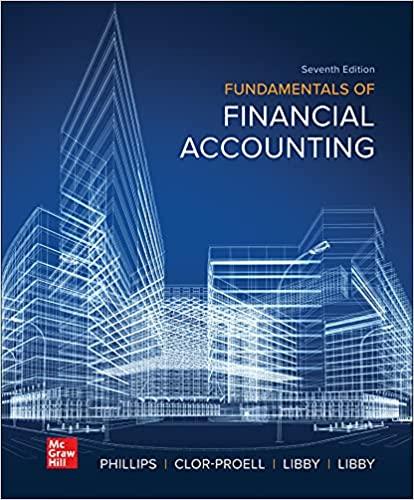Question
In the audit of Price Fair Company for the year ended September? 30, the auditor set a tolerable misstatement of $ 25, 000 at an
In the audit of Price Fair Company for the year ended September? 30, the auditor set a tolerable misstatement of $ 25, 000 at an ARIA of 25%. A PPS sample of 100 was selected from an accounts receivable population that had a recorded balance of $ 1,250,000
The following table shows the differences uncovered in the confirmation? process:
the icon to view the? misstatements.)
Accounts
Accounts
Receivable
Receivable per
per Records
Confirmation
Follow-up Comments by Auditor
1.
$2,678.00
$2,358.00
Pricing error on two invoices.
2.
$5,475.00
-0-
Customer mailed check 9/26; company received check 10/3.
3.
$3,680.00
$1,080.00
Merchandise returned 9/30 and counted in inventory; credit
was issued 10/6.
4.
$830.00
$805.00
Footing error on an invoice.
5.
$950.00
-0-
Goods were shipped 9/28; customer received goods on 10/2;
sale was recorded on 9/28.
6.
$3,490.00
$3,482.00
Pricing error on a credit memorandum.
7.
$1,630.00
-0-
Goods were shipped on 9/29; customer received goods 10/3;
sale was recorded on 9/30.
the icon to view the confidence factors for monetary unit sample size evaluation? table.)
Used the Audit Sampling Audit Guide from 2012
Requirements
a.
Calculate the upper misstatement bound on the basis of the client misstatements in the sample.
b.
Is the population acceptable as? stated? If? not, what options are available to the auditor at this? point? Which option should the auditor? select? Explain.
Requirement a. Calculate the upper misstatement bound on the basis of the client misstatements in the sample.
Begin by identifying which differences uncovered in the confirmation process are misstatements. Then calculate the misstatement amount and the tainting proportion.? (If there is no? misstatement, select? "No" in the first column but leave all other cells blank. Do not enter a? "0". Enter the tainting proportions as decimals rounded to three decimal? places, X.XXX.)
Item
Misstatement?
1.
2.
3.
4.
5.
6.
7.
Factual
Mistatement
Amount
Tainting
Misstatement /
Recorded Amount
Complete the table below to compute the upper misstatement bound. Begin by calculating the amounts needed to calculate the overstatement bound and? then, calculate the? totals, basic precision and upper misstatement bound. ?(Enter the tainting proportion to three decimals? places, X.XXX. Enter the incremental change in confidence factor to two decimal? places, X.XX. Round all other amounts to the nearest whole dollars. Leave unused cells? blank.)
Projected
Misstatement
Incremental
Plus Incremental
Sampling
Projected
Change in
Allowance for
Tainting
Interval
Misstatement
Confidence Factor
Sampling Risk
Totals
Add basic precision
Upper misstatement bound
Requirement b. Is the population acceptable as? stated? If? not, what options are available to the auditor at this? point? Which option should the auditor? select? Explain.
A.
The population is not acceptable as stated because the upper misstatement bound exceeds tolerable misstatement. In this? situation, the auditor has a number of options. The most beneficial option would most likely be to select a new sample and perform the tests again.
B.
The population is acceptable as stated because the upper misstatement bound exceed tolerable misstatement. In this? situation, the auditor would not need to take any further action.
C.
The population is not acceptable as stated because the upper misstatement bounds exceed tolerable misstatement. In this? situation, the auditor has a number of options. The most beneficial option would most likely be to increase the tolerable misstatement.
D.
The population is not acceptable as stated because the upper misstatement bound exceeds tolerable misstatement. In this? situation, the auditor has a number of options. The most beneficial option would most likely be to increase the sample size to obtain a better estimate of the likely amount of projected misstatement in the? population, and propose a sufficient adjustment so that the upper misstatement bound after adjustment is less than tolerable misstatement.??
Choose from any list or enter any number in the input fields and then continue to the next question.
Step by Step Solution
There are 3 Steps involved in it
Step: 1

Get Instant Access to Expert-Tailored Solutions
See step-by-step solutions with expert insights and AI powered tools for academic success
Step: 2

Step: 3

Ace Your Homework with AI
Get the answers you need in no time with our AI-driven, step-by-step assistance
Get Started


